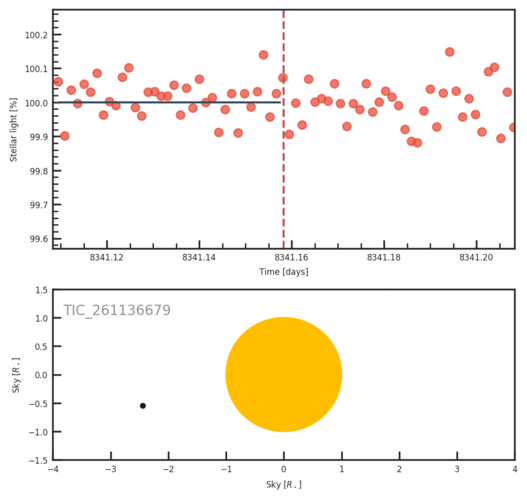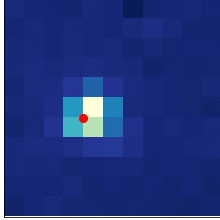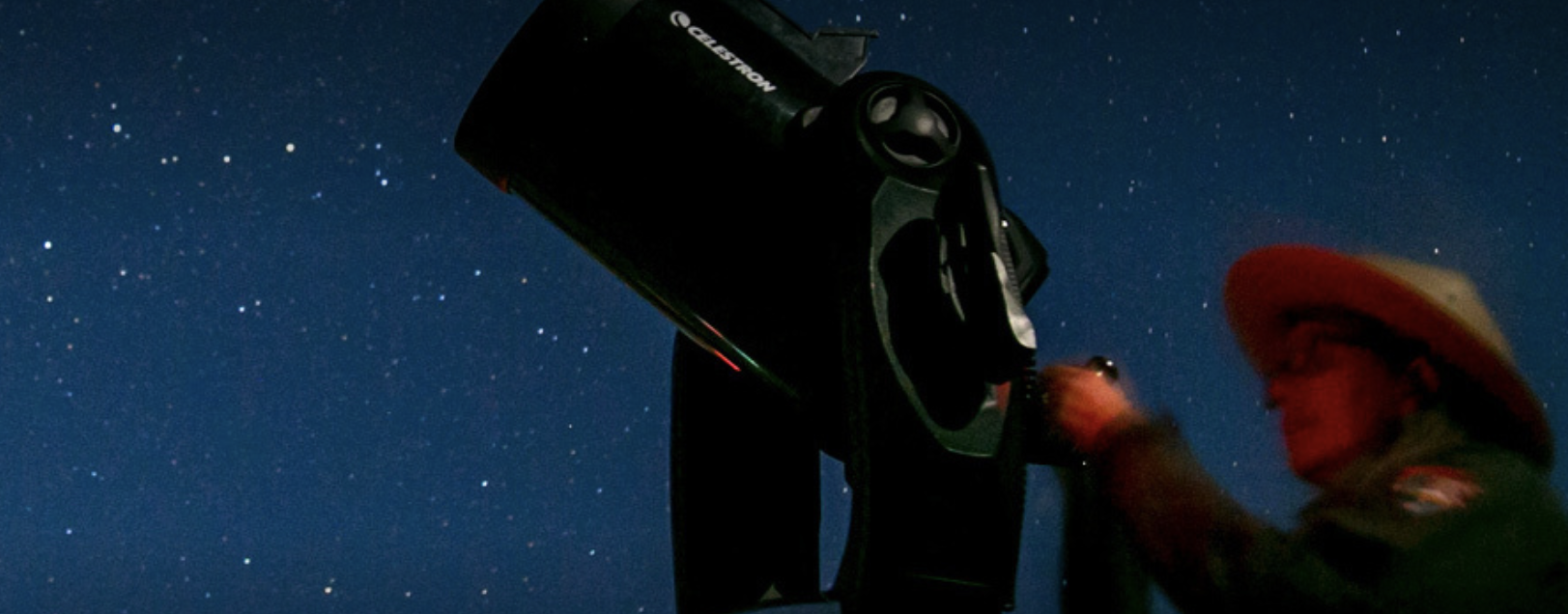NASA citizen science projects are collaborations between scientists and members of the public. In these collaborations volunteers, referred to as citizen scientists, have helped thousands of important scientific discoveries. Do you want to discover your own exoplanets using TESS data? Try Planet Hunters, or Planet Patrol! Alternatively you could try Exoplanet Watch, where you can search for planets using ground-based telescope. For more information on these projects see below.
Planet Hunters
Scientists from around the world have developed extremely efficient computer algorithms that will look for repeated signals in TESS's lightcurves. Such techniques have already proven to be extremely efficient at finding planets, however there is only so much that a machine can do. Planetary systems are highly complex, and their lightcurves are never quite the same. This, combined with the variability of the stars, can confuse our computer algorithms, yielding wrong results or missing planetary systems entirely. Human brains, however, are excellent at detecting patterns that automated routines may miss, and that is why we need your help!
At Planet Hunters volunteers have found over 100 new planetary systems in data from TESS's predecessor, Kepler, and they are excited to find even more with the TESS data. Will the next planet be discovered by you?
To find out more information about this project and join the hunt visit the Planet Hunters page.
 Video 1. This short video shows the behaviour of the light curve as a planet passes in front of a star (Photo credits: Oscar Barragan).
Video 1. This short video shows the behaviour of the light curve as a planet passes in front of a star (Photo credits: Oscar Barragan).Planet Patrol
TESS monitors the brightness of millions of stars in the search for exoplanets. Automated processes help scientists to select the strongest signals, but other planets with weaker signals require human intervention for their detection and extraction. At Planet Patrol, you can help find transiting exoplanet systems from TESS that confuse automated algorithms--the most informative and exotic planetary systems. Planet Patrol’s goals are to visually inspect images corresponding to thousands of TESS planet candidates, and weed out those images that are contaminated by instrument and/or astrophysical artifacts. For more information about this project and how you can get involved visa the Planet Patrol page.
 Video 2. This sequence of images show a single bright spot - a star, near the center of the image with a red dot - the planet candidate, near the center of the spot. The bright spot represents the part of the image that is changing during the observed transits, and the red dot shows the source of the measured loss of light
Video 2. This sequence of images show a single bright spot - a star, near the center of the image with a red dot - the planet candidate, near the center of the spot. The bright spot represents the part of the image that is changing during the observed transits, and the red dot shows the source of the measured loss of lightExoplanet Watch
Exoplanet Watch is a citizen science project to observe transiting exoplanets with small telescopes. Observing exoplanet transits is important, as they allow us to directly measure a planet's radius and composition. Ground based follow up allows us to better constrain the planet’s period which allows for better mass measurements. Exoplanet Watch will help increase the efficiency of exoplanet studies by large telescopes to characterize exoplanet atmospheres by reducing uncertainty about the predicted timing of transit events.
If you would like to contribute to this project please visit the Exoplanet Watch page.

Additional citizen science projects
You'll find more NASA citizen science projects here.
